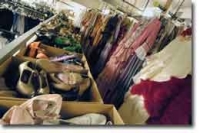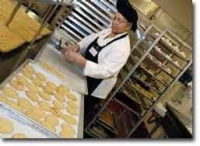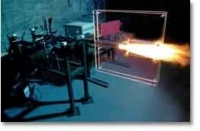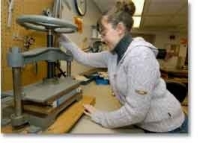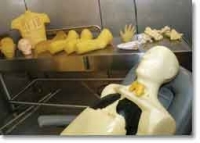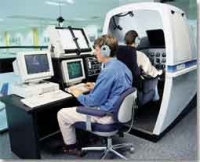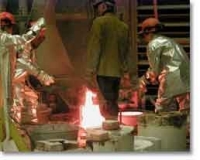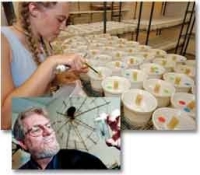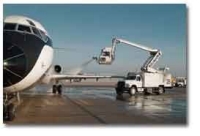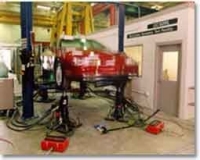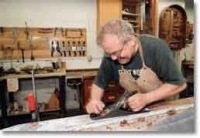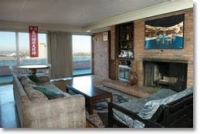Campus is chock-full of little-known gems.
Here's a sample of UC's buried fortune -- minus all that digging
By John Bach and Mary Niehaus
EVER WONDER what secrets lie behind closed doors? Wish you had an all-access pass for slipping into UC's locker rooms, intriguing labs and rare book rooms?
Here is the ultimate University of Cincinnati insider's tour. We'll sneak you into places you've always wondered about, show you treasures you didn't know UC had, present a travel guide for your next campus visit and answer nagging questions that inquiring minds have long wanted to know.
We may have missed a few nuggets here and there, but our treasure trove is overflowing. Three writers and five photographers spent two months climbing into dusty closets, begging for keys and dangling off precipices that made others question our sanity. We're dirty, tired and excited to share it with you.
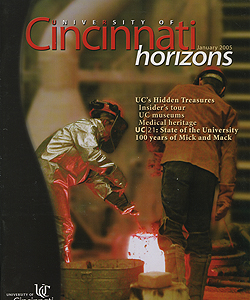
 Past Issues
Past Issues